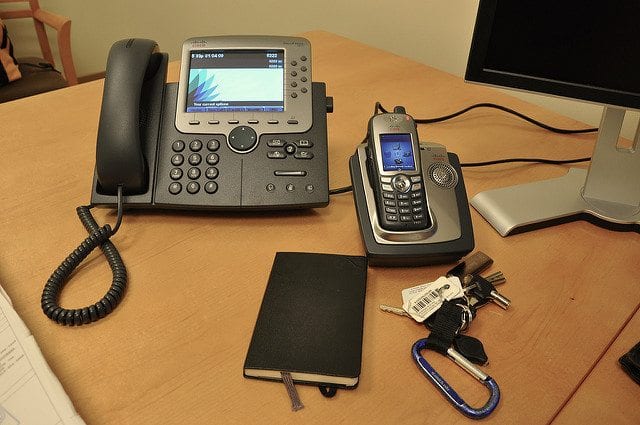Ethernet and fibre optic cabling, what’s the difference? And which is right for my business?
A strong and secure internet connection is vital to the survival of a business. It’s particularly important if the business has opted to transition to a VoIP telephony system. So many of the day-to-day processes of a business are now carried out online and it’s essential that you choose the right internet cabling method to meet your needs. Ethernet and fibre optic cabling are both capable of producing high internet speeds, but there are several differences that you should be aware of.
Ethernet Cables
Ethernet cables are comprised of multiple copper wires twisted together that transmit digital information using electrical signals.
The technology was first developed by the company Xerox in the early 1970s and was made commercially available in 1980. Since then, the cable has been through several iterations before arriving at the most current and popular version; the Cat 6.
The Cat 6 is able to produce very high internet speeds, with some gigabit ethernet cables allowing speeds of as much as 1000Mbps. Having said that, ethernet cables are still unable to offer as much bandwidth as fibre optic options.
A Cat 6a cable can relay 600 MHz over a distance of 100m. This is still a high level and is suitable for most people’s network needs.
Due to the transmission of data via electronic signals, ethernet cables are susceptible to both interference from nearby electrical devices and interception from hackers. Using shielded cables will help mitigate interference and the use of ethernet switches will improve security.
The main limitation of ethernet cables are the distances that they can be laid over. The maximum is just a few hundred feet before they have to be hooked up to a LAN server or outside connection.
Fibre Optic Cables
Fibre optic cables are made up of many thin strands of glass that transmit data using light signals.
The first fibre optic cable was laid in 1977 in California, but the idea for the technology has been dated as far back as the 1800s. Since then, it has become very popular and synonymous with high-speed internet.
There are two kinds of fibre optics, single-mode and multi-mode. Single-mode cables use laser lights to transmit data and multi-mode cables use light-emitting diodes (LEDs). Multi-mode cables are significantly thicker than single-mode and are ordinarily used for shorter distances.
Both single-mode and multi-mode fibre optic cables are generally lighter than ethernet cables. This is due to the copper wires being much thicker and heavier than the glass strands, which are almost as thin as a single human hair. This means that a greater numbers of wires can be bundled into a single cable, allowing for more efficient cabling.
The bandwidth is usually higher than that of ethernet. Over a distance of 100m, it’s able to relay 1000MHz.
Another aspect of fibre optic cabling which is essential in some business areas is that it’s able to function safely in high-voltage locations and in areas where flammable gases are present. The fire risk of ethernet cables is very low, but is an important factor to be aware of when selecting data solutions in certain environments.
Which is right for your business?
Some modern, powerful ethernet cables are more than capable of producing extremely high network speeds, but they will cost more than traditional ethernet cables, which is an issue since ethernet has always been touted as the more cost-effective cabling solution.
In a smaller business, where these kinds of speeds are unnecessary, and where computer networks are being connected over short distances, ethernet will work out cheaper and is likely to be the better option.
It’s also important to note that ethernet cabling is already compatible with the majority of computer systems currently in use. With the fibre optic cabling, you may require costly upgrades to get everything connected.
In a large business where a very high amount of data is being transmitted, fibre optic cabling is the more efficient and functional option. The cables are also much stronger than ethernet, with a pulling tension of between 100 and 250 pounds compared to just 25 pounds, which means they are less susceptible to breakage.
Additionally, and perhaps the most important advantage, fibre optic cables are able to transmit data over great distances, which makes them an ideal solution for offices that need to connect to computer networks that are spaced widely apart.
We are able to lay both ethernet and fibre optic cabling and have a wealth of knowledge on both options.





